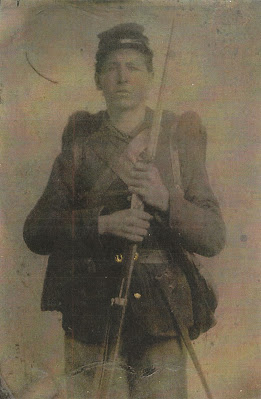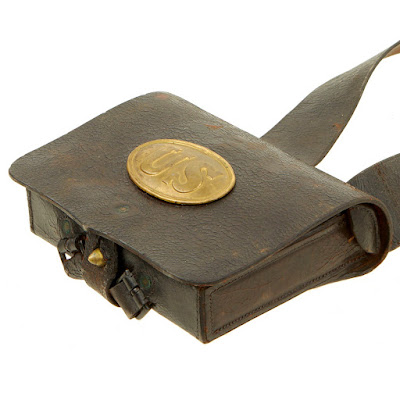Glory and Honor Stamped on the Stump of My Leg: A Voice from the 26th Ohio

Sand. Reading this letter written by Private Ashbel G. Beer of the 26 th Ohio reminds one of a quality that Civil War soldiers prized greatly in their fellow soldiers, the quality of having “sand” or grit. A firmness of purpose, and the pluck to withstand any challenge sent your way. Bear’s letter displays that quality in spades. The Ashland County, Ohio native was struck in the left leg at the Battle of Stones River after firing just one round at the enemy. “I had raised myself partially up for the purpose of getting on my back so that I could load when the ball passed through my right pant and boot leg and struck my left leg some distance above the ankle, shattering the bone all to atoms,” he wrote. “Next day, Dr. Stimmel took off my leg below the knee. That was the unkindest cut of all not because it hurt me, for I did not feel the operation in the least, but then, you see...














